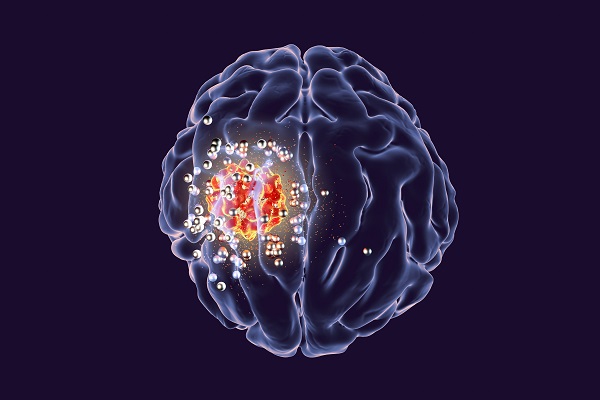How Is Brain Tumor Treatment Performed?

Brain tumor treatment depends on different factors, including the location, type and size of the tumor, as well as the age and general health of the patient. The treatment schedules and methods provided by the neurosurgeon differ for children and adults. Brain tumors are typically treated with surgery, chemotherapy and radiation therapy. Continue reading to find out how the treatments work.
Brain tumor treatment
Multiple methods may be used, depending on the patient’s requirements. Before treatment commences, most patients receive steroids, drugs that alleviate swelling or edema. Anticonvulsant medicine may also be administered to prevent or manage seizures.
Surgery
Surgery is usually the treatment approach to most cases of brain tumors. To take out a brain tumor, a neurosurgeon will create an opening in the skull, a process called a craniotomy. If possible, the surgeon will try to remove the complete tumor. If complete removal of the tumor is not feasible without causing harm to important brain tissue, the doctor may remove as much of the tumor as allowed. Partial removal will help alleviate symptoms by lowering pressure on the brain and minimize the portion of the tumor that will be treated using chemotherapy or radiation therapy.
It is not possible to remove some tumors. In such cases, the surgeon may perform a biopsy only. They’ll remove a small portion of the tumor for examination by a pathologist. This will help ascertain the type of cells contained there and decide the treatment approach.
Sometimes, the biopsy is performed using a needle. The neurosurgeon will use a special head frame (such as a halo) and CT scans or MRI to determine the precise position of the tumor. The surgeon makes a little hole in the skull, then directs a needle to the tumor. The method of biopsy or treatment is known as stereotaxis.
Other advanced techniques used during surgery are brain mapping to discover functional pathways close to the tumors, endoscopy for biopsies and open spinal fluid channels via a small scope and advanced frameless stereotaxic computer-aided tumor resections. Intraoperative MRI can also be used to aid maximum tumor removal.
Radiation therapy
Also called radiotherapy, this is the use of high-powered rays to destroy cancer cells and prevent their growth. It is used to damage tumor tissues that are hard to remove through surgery or to kill the remaining cancer cells following surgery. Radiation therapy is also used when surgery is not an option.
Chemotherapy
Chemotherapy is the application of drugs to eliminate cancer cells. One drug or a combination may be used, often orally or through injection into the muscle or blood vessel. Intrathecal chemotherapy entails drug injection into the cerebrospinal fluid.
A final point to consider
If there is hydrocephalus, patients might require a shunt to drain cerebrospinal fluid as part of the brain tumor treatment process. A shunt is a long, narrow tube inserted into a brain ventricle and threaded beneath the skin to another area of the body, usually the abdomen. It functions like a drainpipe, and the surplus fluid is removed from the rain and absorbed in the abdomen. Sometimes, the fluid is drained to the heart.
Request an appointment here: https://www.brainandspineni.com or call Brain and Spine Neuroscience Institute at (813) 751-2029 for an appointment in our Palm Harbor office.
Check out what others are saying about our services on Google: Read our Google Reviews.
Related Posts
Your baby needs hydrocephalus treatment if there is a buildup of CSF (cerebrospinal fluid) in the spinal column and brain. The telling sign is the enlargement of the heads of young kids and newborns. This excess fluid puts pressure on the brain tissue. This could lead to cognitive and general health issues if it does…
A brain anerusym is a serious condition that occurs in a blood vessel in the brain. It can lead to severe complications, including a rupture that causes brain hemorrhage. Understanding the symptoms, risks, and treatment options can help ensure patients take the necessary and immediate action to prevent the condition from worsening.A brain aneurysm forms…
Traumatic brain injury is one of the conditions that a neurosurgeon treats. The condition is simply a brain injury resulting from trauma – a blunt force to the head or an object breaking through the skull to reach the brain tissue. Depending on the severity of the brain damage, the symptoms can range from mild…
A stroke treatment center provides comprehensive care for patients recovering from a stroke, from emergency treatment to the support they need to support their long-term health. These facilities are staffed by highly trained professionals and advanced medical technology. Stroke treatment centers aim to provide patients with the best possible treatment at every stage of their…
